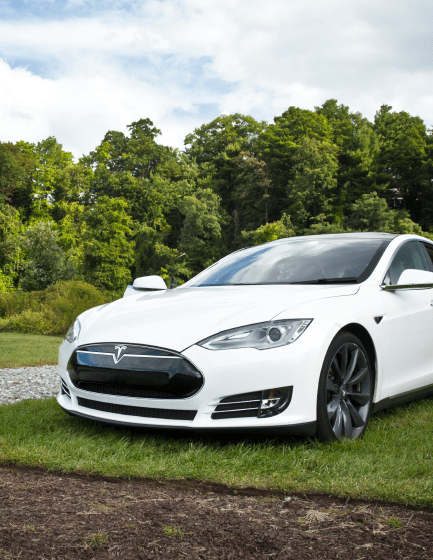Electricity consumption keeps rising
With further electrification of the UK’s railway systems and the expected increase in the use of electric cars, demand is predicted to continue its inexorable rise.
Both the Welsh and UK Governments are committed to achieving production targets for renewable energy and have encouraged and supported a range of renewable energy sources. Wind and solar energy are now making significant contributions to the country’s demand for energy.
However, the intermittent nature of these two technologies means that the country will need to rely on fossil fuel and/or nuclear generation as and when the sun does not shine or wind does not blow.
How, then, to keep the lights on, but still meeting the country’s renewable energy targets?
the solution
Tidal lagoons offer the solution
Tidal lagoons offer the predictability, scale and reliability needed. They also provide the security of supply that the UK seeks for its future energy requirements.
Initial designs demonstrate that NWTE’s scheme can have an installed capacity of 2 -2.5 GW, generated by approximately 125 bi-directional turbines and up to 40 sluice gates and navigation locks.
Such a scheme will provide in excess of 4TWh per year – enough to power 1,100,000 homes or nearly 80% of the homes in Wales.
The water flooding in and out of a tidal lagoon flows past specially designed turbines that convert its kinetic energy into electricity. Our research into a range of tidal turbine technology solutions will ensure that we deploy the best devices to extract the maximum amount of energy with the minimum chance of risk to fish and other wildlife.

Government plan to ban sale of diesel and petrol cars by 2040 to encourage people to buy electric vehicles which will place unprecedented strain on the National Grid, motoring experts have warned.


